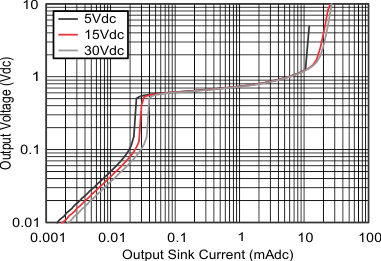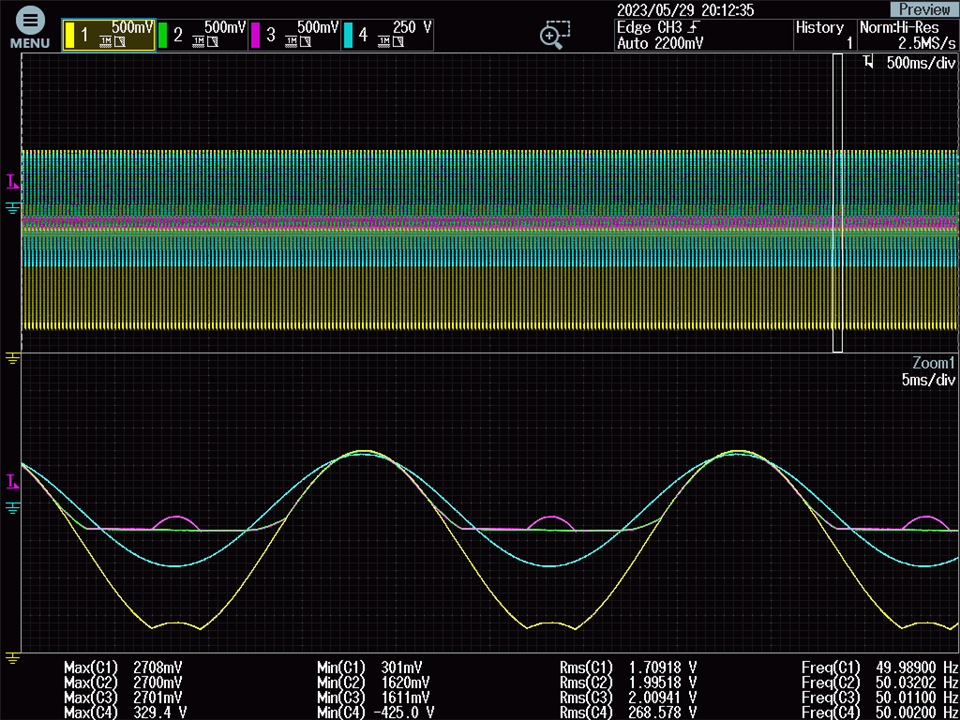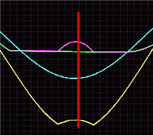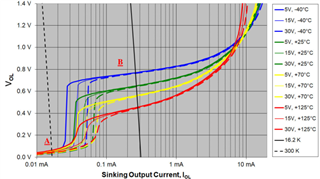Other Parts Discussed in Thread: LM2904LV-Q1, LM2904, LM2904-Q1,
Dear team,
My customer found that in low temperature environment (-40℃), AC sampling has a large deviation, about 7V; room temperature and high temperature in the deviation of about 2V. Could you please help analyze why the deviation is so large in the low temperature?
Application condition: Vo=Vac_AD=V_P_Ref1.65V+0.0033*1.414*Vac; Io=Vo/10k; according to the computation, the average output current is 0.16~0.2mA.
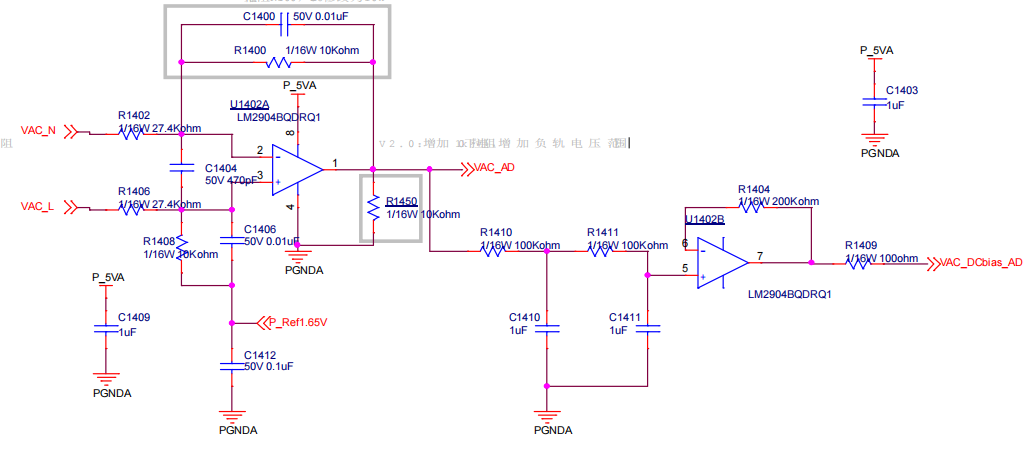
In my understanding, below spec means that the minimum output voltage is (V-)+20mV. For example, if (V-)=0V, then the minimum value should be 20mV in the worst case, right?

Thanks & Best Regards,
Sherry




